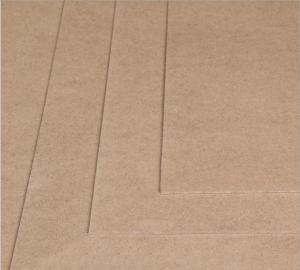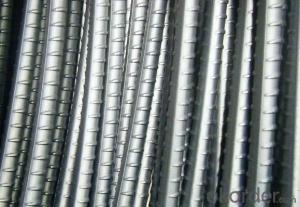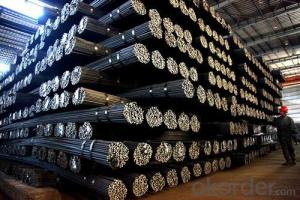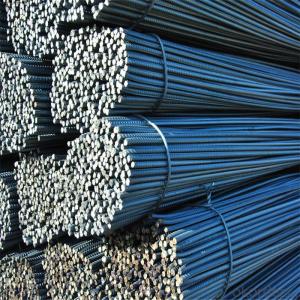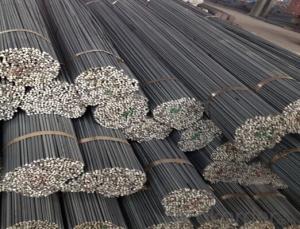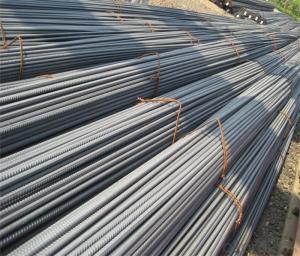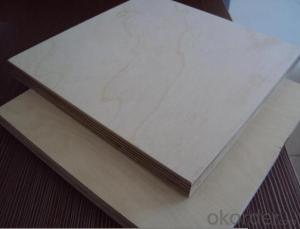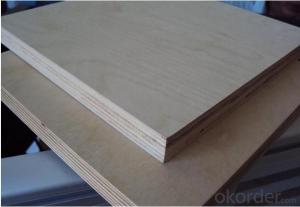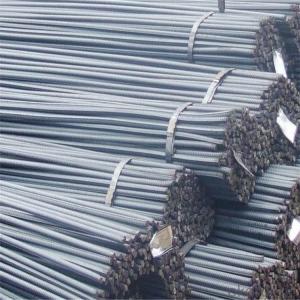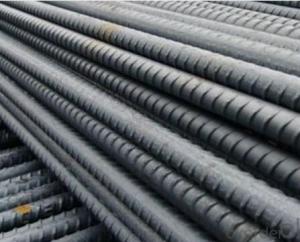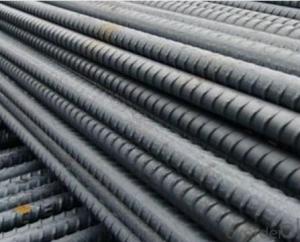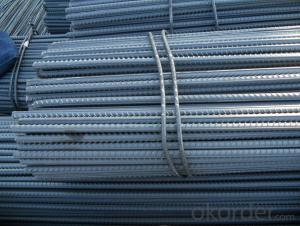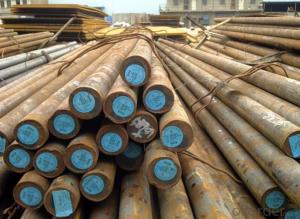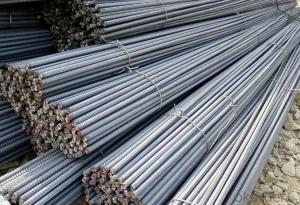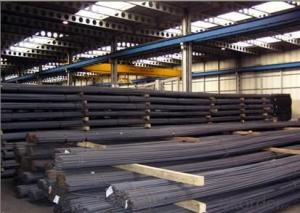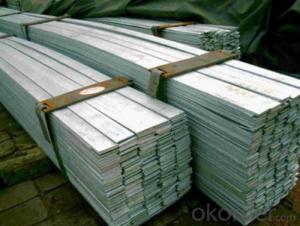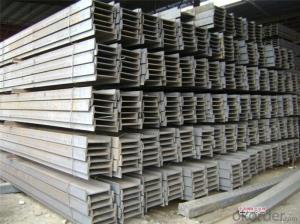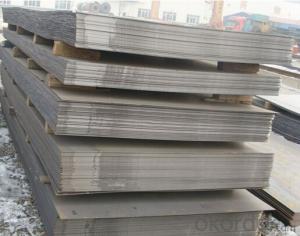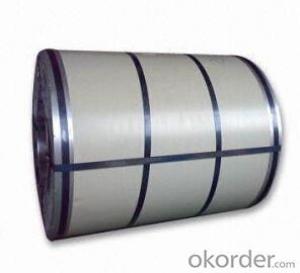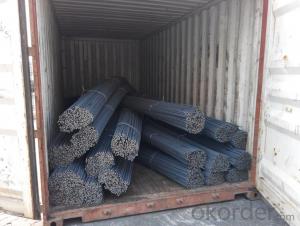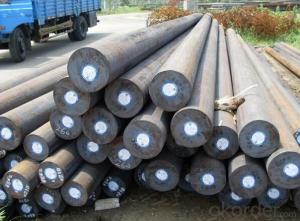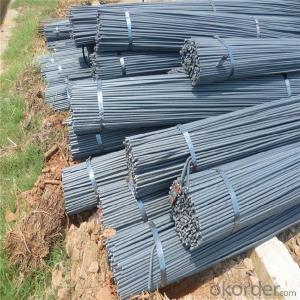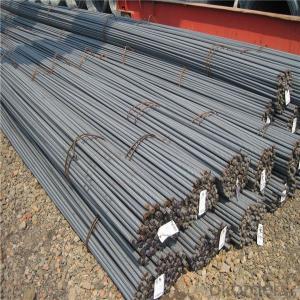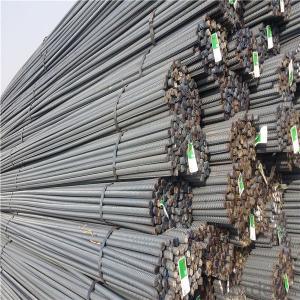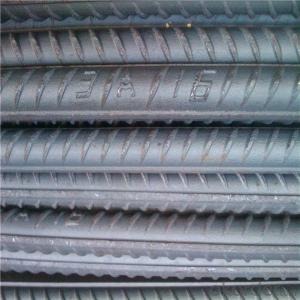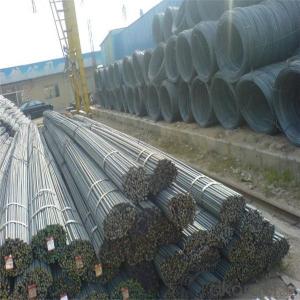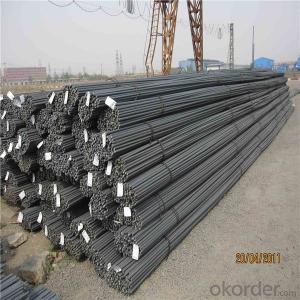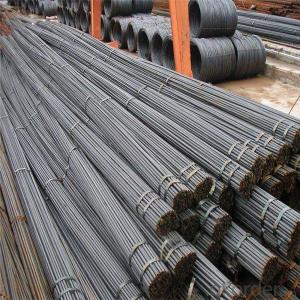Astm A615 Grade 60 Rebar
Astm A615 Grade 60 Rebar Related Searches
Astm A536 Grade 65 45 12Hot Searches
Used Foam Board Insulation For Sale Magnesium Oxide Board For Sale Hdf Board For Sale sintra board for sale High Mast Light Price List Solar High Mast Light Specification Gypsum Board Price Per Sheet In India High Mast Light Specification High Density Mdf Board Suppliers 5 8 Type X Gypsum Board Price Stage Light Price Solar Inverter Fault Light Polyurethane Insulation Board Price Mdf Price Per Sheet Pre Laminated Board Price List 4Mm Mdf Sheet 1220X2440Mm Price Led Light Manufacturers Solar Inverter Pcb Board 6Mm Mdf Board Price 18Mm Ply Board PriceAstm A615 Grade 60 Rebar Supplier & Manufacturer from China
Okorder.com is a professional Astm A615 Grade 60 Rebar supplier & manufacturer, offers integrated one-stop services including real-time quoting and online cargo tracking. We are funded by CNBM Group, a Fortune 500 enterprise and the largest Astm A615 Grade 60 Rebar firm in China.Hot Products
FAQ
- Yes, steel rebars can be used in foundation construction. They are commonly used as reinforcement to provide strength and stability to concrete foundations, ensuring durability and resistance to structural loads.
- Steel rebars are commonly used in the construction of power transmission towers to reinforce the concrete foundations and provide structural stability. They are placed within the concrete to enhance its tensile strength and resistance to bending, ensuring the tower's ability to withstand the weight of the structure and the forces exerted by wind and load.
- The construction of bridge decks relies heavily on steel rebars, which play a vital role in reinforcing the concrete. Their main purpose is to enhance the tensile strength of the concrete since it is naturally strong in compression but weak in tension. Bridge decks are subject to various loads, including the weight of vehicles, live loads, temperature changes, and vibrations from the environment. Insufficient tensile strength in the bridge deck can result in bending, cracking, or even collapse under these loads. By incorporating steel rebars into the concrete structure of the bridge deck, the tensile strength is significantly improved. These rebars are strategically placed throughout the concrete to effectively distribute loads and resist tension, preventing cracks and ensuring the overall structural integrity of the bridge. Aside from reinforcing the concrete, steel rebars also serve to control cracks caused by shrinkage or thermal expansion. When the concrete shrinks or expands, cracks can form, compromising the durability and stability of the bridge. However, the inclusion of rebars helps to regulate and limit the size and extent of these cracks, ensuring the long-term performance of the bridge. Moreover, steel rebars also assist in transferring loads between different components of the bridge, such as the bridge deck and the supporting piers or abutments. They facilitate the creation of a continuous load path, guaranteeing efficient transmission and distribution of loads throughout the bridge structure. To summarize, the presence of steel rebars is crucial in bridge deck construction as they provide the necessary tensile strength to the concrete. They enhance the structural integrity of the bridge, control cracks, and enable efficient load transfer, ultimately ensuring the safety and longevity of the bridge.
- The difference between wire and thread steel, wire and thread steel difference knowledge
- The surface of the ribbed steel is ribbed, the ordinary hot-rolled bar is HRB, and the fine grained hot rolled steel bar is HRBF. The main use of thread steel: widely used in housing, bridges, roads and other civil engineering construction. Rebar main origin: steel manufacturers in China are mainly distributed in the north and northeast, North China, Tang Gang, such as Shougang steel, bearing steel, such as the northeast northwest Taiwan, Fushun Steel, these two regions accounted for more than 50% of the total output of thread steel.
- The guidelines for the proper spacing of steel rebars in beams typically depend on the specific design requirements and the structural engineer's recommendations. However, in general, rebars should be spaced evenly throughout the beam to ensure adequate structural integrity and load-bearing capacity. The spacing should be determined based on factors such as the beam's dimensions, the anticipated loads, and the type of reinforcement being used. It is essential to follow the relevant building codes and industry standards to ensure the proper spacing of rebars in beams for optimal structural performance.
- Steel rebars significantly improve the seismic performance of a structure by enhancing its strength, ductility, and overall structural stability. Rebars help to distribute and dissipate seismic forces, reducing the risk of structural failure and collapse during an earthquake. By reinforcing concrete elements, rebars increase the structure's resistance to bending, tension, and shear forces, thereby improving its ability to withstand seismic ground motions and maintain its integrity.
- Steel rebars contribute to the overall seismic resistance of a structure by providing reinforcement and strength to the concrete elements. The rebars help to distribute and dissipate the energy generated during an earthquake, which helps in reducing the potential damage and ensuring structural integrity. By increasing the ductility and flexural capacity of the structure, steel rebars help to absorb and withstand the seismic forces, making the building more resistant to collapse or significant structural damage.
- There are primarily three types of steel rebars commonly used in road constructions: plain carbon steel rebars, epoxy-coated rebars, and stainless steel rebars. Plain carbon steel rebars are the most widely used and cost-effective option, providing strength and durability to the road structure. Epoxy-coated rebars offer enhanced corrosion resistance, making them suitable for areas with high exposure to moisture or chemicals. Stainless steel rebars are highly resistant to corrosion and are often used in specific applications where durability and longevity are crucial, such as in aggressive environments or bridges.
